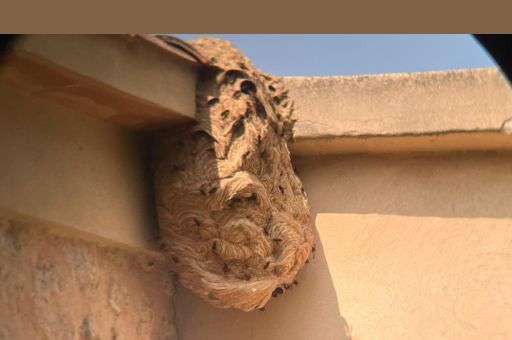The Government has an infographic to help differentiate this invasive species from other autochthonous wasps.
A total of 10 nests have been detected in Mallorca this year.
The Regional Ministry of Agriculture, Fisheries and the Natural Environment, through the Species Protection Service, has launched a message to remind people of the importance of public cooperation to prevent the spread of the Asian wasp in the Balearic Islands and to help in its rapid detection. For this reason, last June the Government produced an infographic to help the population to differentiate this invasive species from other native wasps. This year a total of 10 Asian wasp nests have been found in Mallorca, specifically in the municipalities of Palma, Calvià, Mancor de la Vall and Sóller.
TDB keeps you informed. Follow us on Facebook, Twitter and Instagram
Agriculture, Fisheries and Natural Environment calls for public cooperation to prevent the spread of the Asian wasp in the Balearic Islands
In this sense, councillor Joan Simonet stated that the collaboration of the entire population ‘is fundamental to detect the presence of this invasive species as soon as possible’. Simonet pointed out that it is an insect with a very high and exponential reproductive capacity. ‘For this reason, if it is found it must be reported immediately to the Species Protection Service. The aim is to eliminate its presence in Mallorca and also prevent it from spreading to the rest of the archipelago.
However, Medio Natural stresses that when a nest is detected, the protocol established for these cases is implemented. The nest is removed and then frozen to carry out a genetic study to establish its origin. It should be remembered that the Asian wasp, listed as an invasive alien species in the Spanish catalogue, first arrived in the Balearic Islands in 2015 (it was found in the municipality of Sóller).
The programme for monitoring and surveillance of the species is possible thanks to the involvement and commitment of the Regional Ministry of Agriculture, Fisheries and Natural Environment, through the Species Protection Service and the Consortium for the Recovery of the Fauna of the Balearic Islands (COFIB). In addition, technical advice and the collaboration of the University of the Balearic Islands (UIB) is available at all times.
The species warnings can be communicated through the following channels: Whatsapp (606875244), email (especies@dgmedinatural.caib.es) and through the Green Line COFIB – Invasive Species (www.lineaverdecofib.es) and Vespapp (vespapp.uib.es/).
